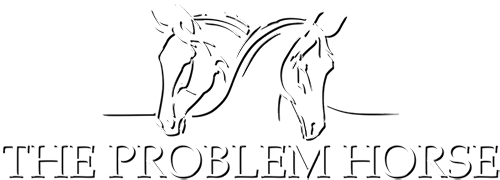Traditionally a poor prognosis for the competitive horse, particularly those at higher levels.
The current veterinary therapies (wedges, pads, bar shoes) offer short term resolution of this problem. Some feel that once the horse cannot maintain his competitive state due to navicular syndrome they can retire to being trail or pony club horses who live on Phenylbutazone (Bute) to allow them to be quietly ridden.
The results of the research I have conducted on this problem show it now to be a disease that has a good to excellent prognosis.
In the many years of concentrated hoof care practice, only 2 horses (of the hundreds of lameness cases I’ve treated) have not responded to biomechanical and physiological correction of their hoof function. One of these horses was suspected to be a deep digital flexor tendon lesion in the hoof, and the other horse has been scanned and shown to definitely have this issue. This latter case is now showing improvement since we have changed his hoof care to ease the pressure on his DDFT (deep digital flexor tendon) and is now back in work.
MRI scanning of feet is showing these Navicular horses to have often multiple tendon and ligament injury within the hoof. These injuries are all occurring due to incorrect hoof function. Correct this and you will rapidly solve their problem. If however you return to a lifestyle that debilitates hoof function, the Navicular syndrome horse will rapidly return to his former lameness.
